20Feb
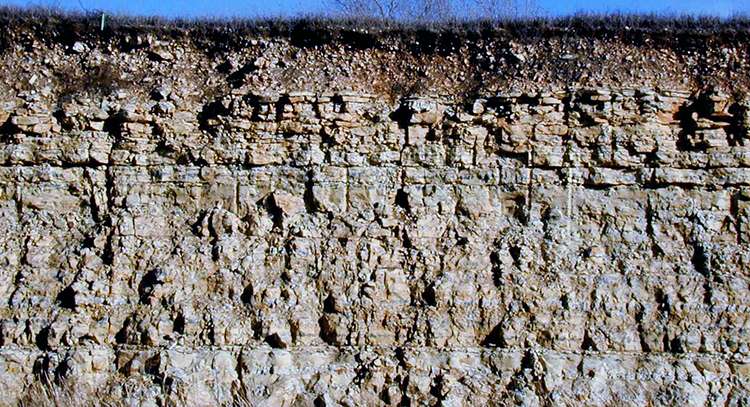

For more information on this topic and the materials mentioned, contact our nearest Elements Room location.

Crystal Quartzite like Cristallo Quartzite have become popular due to advancements in technology, allowing for the transformation of crystals into... read more
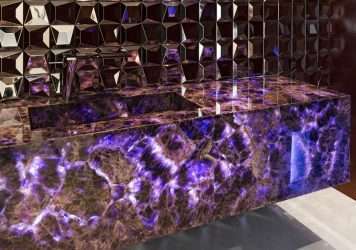
Discover the uniqueness and stunning beauty of semiprecious stone countertops. Explore our comprehensive guide that covers everything from quartz to... read more

Caring for quartzite countertops, a popular choice for their aesthetic and durability, involves a regimen of regular cleaning, proper maintenance,... read more

Granite, an igneous rock primarily composed of quartz and feldspar, boasts a distinctive grain-like pattern. Known for its durability, it... read more

Experience the unrivaled splendor and elegance of Calacatta Marble. Its distinctive white background, adorned with breathtaking veining, sets the stage... read more
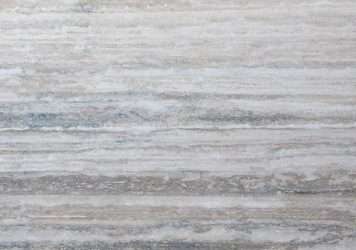
Discover the timeless beauty and versatility of travertine, the elegant natural stone that elevates any space. From luxurious flooring to... read more
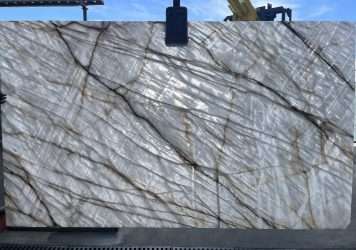
Discover the elegance and durability of Cristallo Quartzite. Ideal for sophisticated designs, this stone combines beauty with strength for countertops,... read more
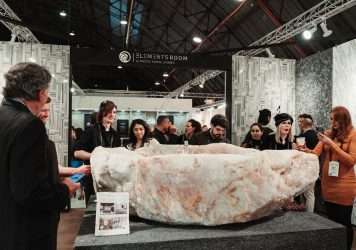
In the enchanting panorama of WestEdge Design Fair 2023, Elements Room brought to life a world of delicate elegance and... read more

Choosing quartzite for countertops can be a great option for several reasons. Quartzite is a natural stone that is a... read more

Join us once again at the WestEdge Design Fair! Now in its eighth run, WestEdge continues to offer the best... read more
